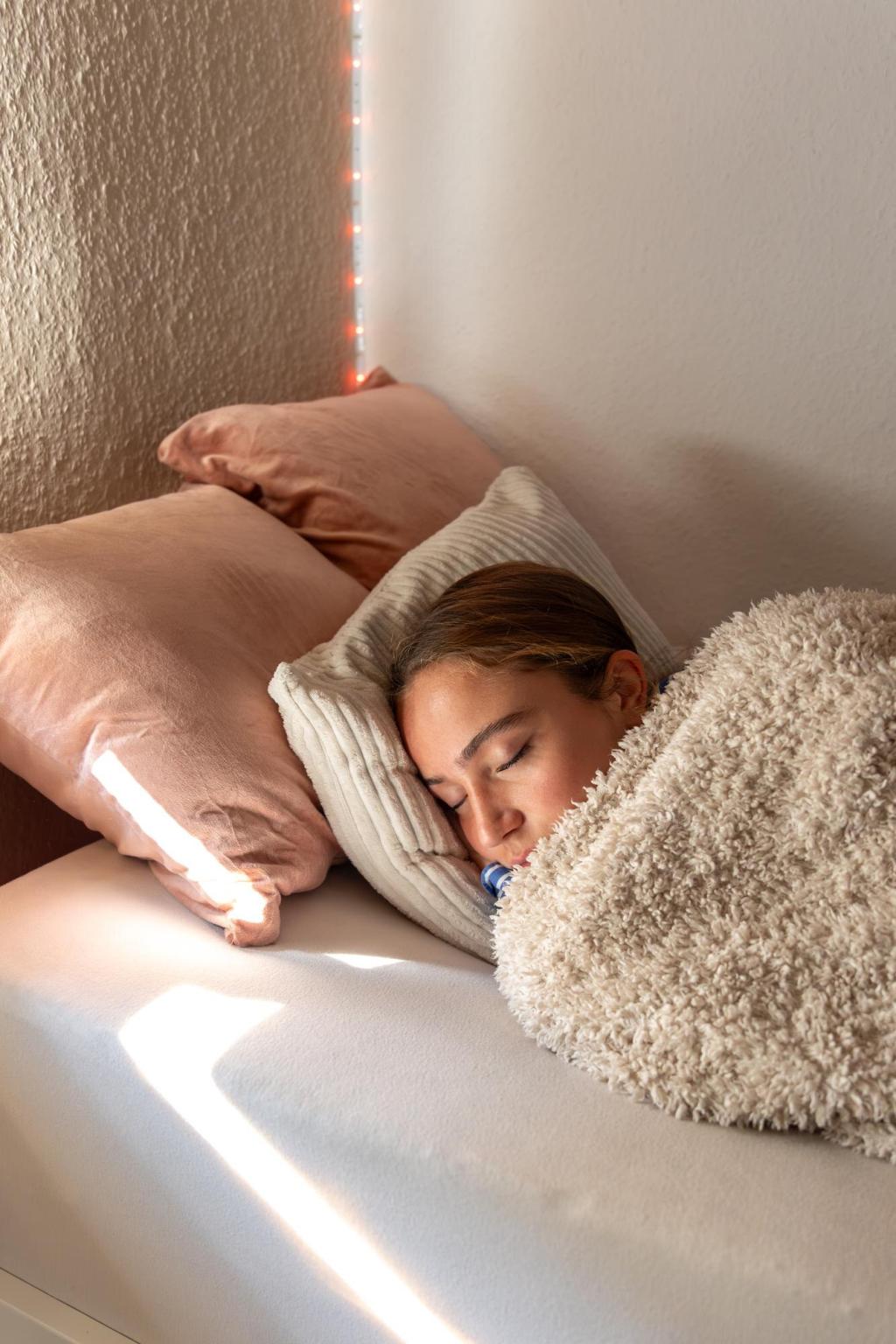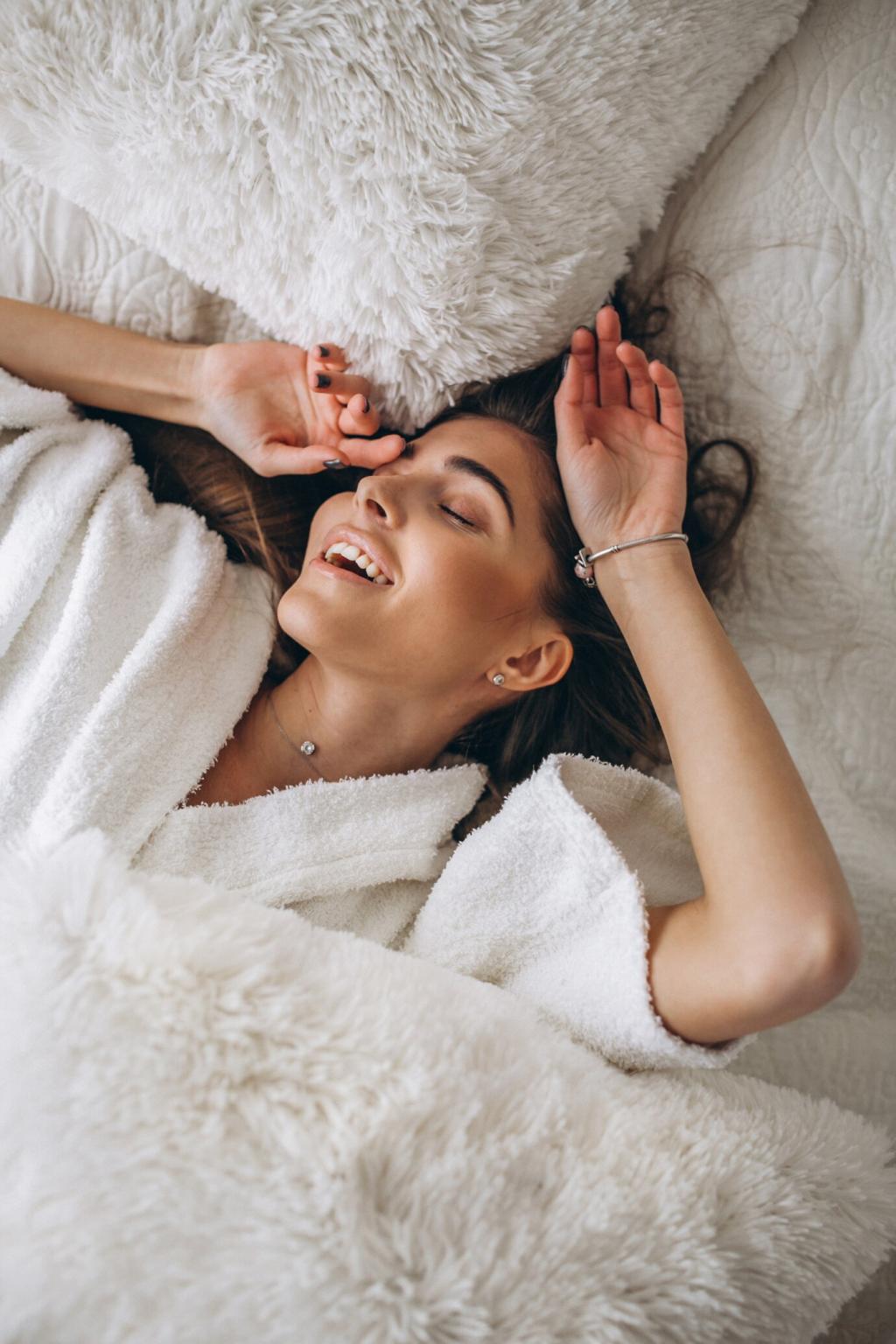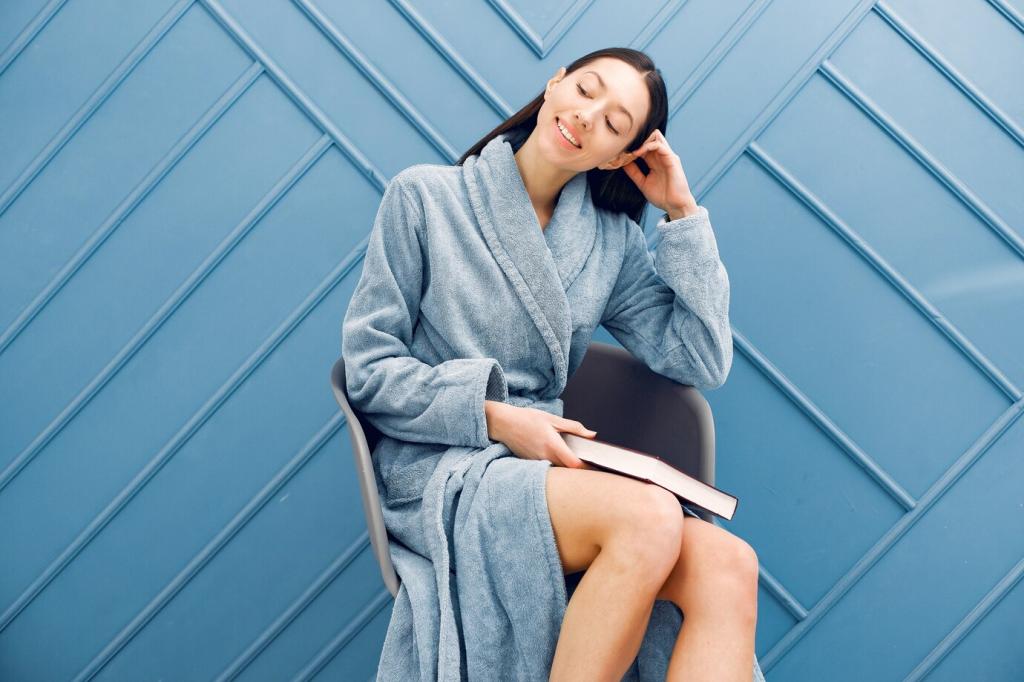Chosen theme: The Science Behind Silk Bedding and Sleep Improvement. Slip into the evidence-backed comfort of silk as we explore how its unique fiber physics, microclimate control, and soothing tactile qualities can help you fall asleep faster, wake up less, and feel genuinely restored. Join the conversation, share your experience, and subscribe for new science-based sleep insights.



Low Friction, Calmer Nerves
Gentle Glide, Less Shear
Compared to many cotton weaves, silk’s low coefficient of friction reduces pulling on skin and hair during position changes. That can translate to fewer micro-stimuli, less scalp tugging, and decreased facial surface pressure, diminishing the little irritations that may nudge your brain toward wakefulness.

Low Absorbency, Less Dust Mite Appeal
Dust mites thrive in warm, humid environments with retained moisture. Silk absorbs less moisture than many materials, and when paired with regular washing, it is less welcoming to mites. Keeping humidity in check supports clearer airways and may help you wake less congested and more refreshed.
Tight Weaves and Particle Control
High-quality silk weaves can limit particle penetration compared with looser textiles. While not a medical device, this barrier effect combines with frequent laundering to reduce irritants near your face. Many readers note calmer noses at bedtime, encouraging easier breathing and fewer awakenings to adjust pillows.
Care Habits That Preserve Benefits
Cold-water washes with gentle detergents and air-drying preserve fiber integrity and smoothness, maintaining the gliding feel that supports comfort. Protective pillow protectors add another cleanliness layer. Tell us your care routine and frequency; we will share subscriber-tested schedules that balance hygiene with fabric longevity.
From Onset to REM: How Comfort Shapes Sleep Architecture
Fewer thermal and tactile distractions can shorten the time it takes to fall asleep. When silk minimizes itch, pull, or heat spikes, cognitive load drops and drowsiness can progress uninterrupted. Many readers report a gentler glide into sleep, especially during sweaty seasons or in dry, irritated winter air.

Material Science: Momme, Weave, and Real-World Performance
Momme indicates silk density. Around 19–22 momme balances breathability, durability, and glide for many climates. Heavier options feel more substantial and slightly warmer, while lighter fabric drapes airier. Matching momme to your room temperature can refine comfort and keep you in a steadier thermal zone.
Material Science: Momme, Weave, and Real-World Performance
Charmeuse silk features a lustrous face with exceptional glide against skin. Twill adds subtle texture and durability, which some prefer in cooler rooms. True silk satin describes the weave, not polyester. Selecting the right weave aligns tactile signals and temperature control with your personal sleep profile.


Try-It Plan: Simple Experiments You Can Run at Home
Swap just your pillowcase to silk for two weeks. Log sleep latency, awakenings, and morning skin comfort. Note changes in hair tangling or face creasing. This low-cost, high-signal test can reveal whether the glide and microclimate suit you before upgrading the rest of your bedding.
Try-It Plan: Simple Experiments You Can Run at Home
Combine a silk sheet with a breathable duvet in winter, then pivot to a lighter top sheet in summer. Track room temperature, humidity, and perceived warmth. Silk’s adaptability supports year-round comfort, helping you stay within that sweet thermal range where sleep stages flow together smoothly.
